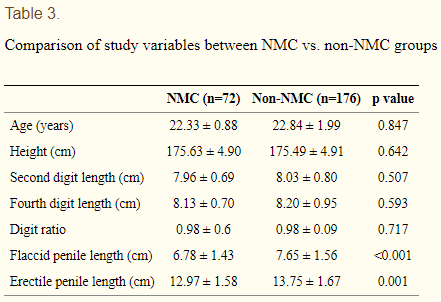
A checklist based on Aldowah's questionnaire, and an analytic matrix were used to accomplish these objectives. In order to reach the main objective, two specific objectives were set: (1) To determine the contextual challenges related to technology that prevent online implementation of courses in Chile (2) To determine the popular technological resources in Chile that can be used for educational purposes. Material and Methods: The study was applied research under a mixed approach paradigm. Objective: This study aimed to reduce educational-technological inequity during 2020 confinement in Chile through a non-cost feasible proposal. Even though during Covid-19 confinement there is a multichannel approach from the Ministry of Education to provide families with educational material, e-learning stands as the only available option for formal instruction.

Introduction: In Chile, social inequity becomes a critical factor that prevents the successful implementation of an online curriculum due to the unbalanced distribution of technological resources. Limitations and future research considerations are also discussed. Following the rst experimental test, however, scores leveled out to scores similar to baseline and the control groups, suggesting either satiation (i.e., wearing off of the effect) or anticipation of the procedure, resulting in no effect. When comparing the results between a control and an experimental group, the rst experimental test results showed better outcomes including a decreased range of scores between the lowest score and highest score across group participants and an increased average score on the exam. This study examined if the addition of novel, thematic stimuli in the form of costume pieces (novelty hats with themed language) would increase student engagement in pre-recorded lectures for an asynchronous masters level course. Ensuring that students are interested and engaged with the material is a high priority of many instructors and nding new ways to encourage engagement should be a priority in research.

Some of the instruction given in asynchronous courses may be delivered in lecture-based format. While synchronous, direct methods of teaching technology may be more traditional (Lovett et al., 2011 Saville et al., 2013), students may prefer or be limited to an asynchronous platform of learning based on environmental variables (Choe et al., 2019). Finally, we provide guidelines for creating engaging, effective, and satisfying asynchronous lecture videos to support establishment of best practices in online instruction. The students in our study rated lecture video styles that aligned with Mayer's multimedia learning principles as highly satisfying, indicating that student feedback can be a valuable resource for course designers to consider as they design their own online courses.

Video styles that were described as impersonal and unfamiliar were rated poorly, while those that were described as personal and engaging and evoked positive affective responses were rated highly. Students have strong preferences for certain video styles despite their equal learning outcomes, with the Learning Glass style receiving the highest satisfaction ratings. Our results reveal that multimedia learning can be satisfying and effective.

We created an iterative qualitative coding scheme, "coding online asynchronous lectures" (COAL), to analyze open-ended student survey responses. We presented different lecture video styles with standardized material to students and then measured learning outcomes and satisfaction with a survey and summative assessment. Our study identified online lecture video styles that improved student engagement and satisfaction, while maintaining high learning outcomes in online education.


 0 kommentar(er)
0 kommentar(er)
